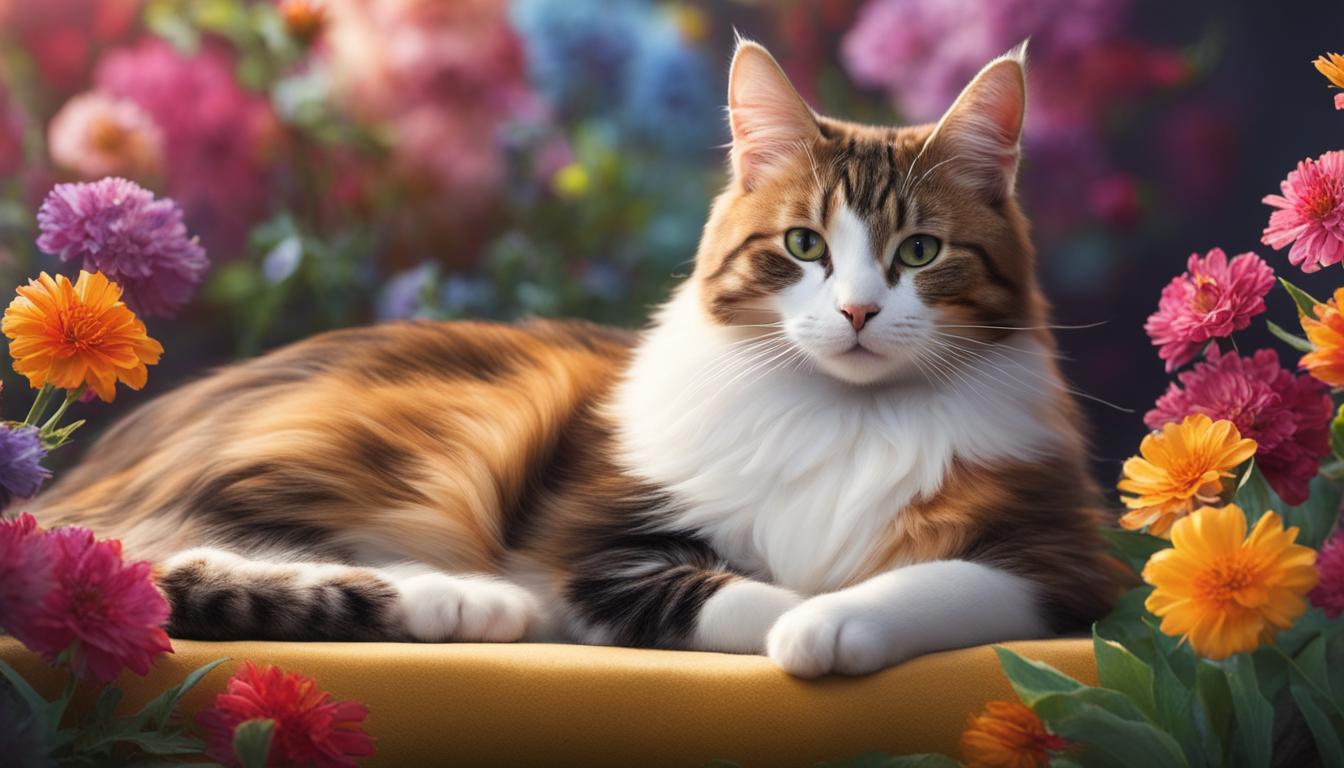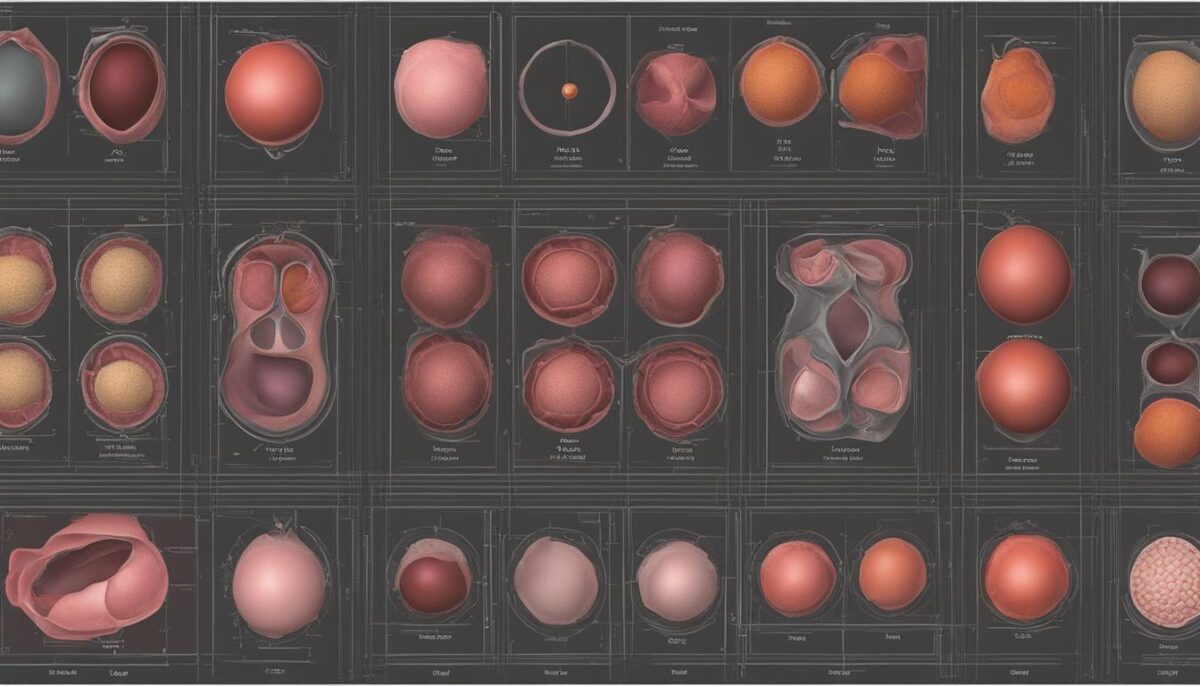Have you ever wondered when a furry friend can have babies? Here’s the scoop on when cats can become mommies. Cats, which some people call queens when they have kittens inside them, can usually have babies when they are about 4 to 6 months old. This is when they are growing up and start to have something called an estrus cycle. It’s kind of like a special time when they can get pregnant. Some cats might be ready sooner or later, though, because every cat is different.
When cats are ready to have kittens, they might act differently, so keep an eye on them. Also, be sure to talk about spaying with your vet. Spaying is a way to make sure your cat doesn’t have kittens if you’re not ready for tiny paws around the house. Cats carry their little ones for about 63 to 65 days before they’re born. That’s the cat gestation period. Spaying is great because it helps avoid having too many newborn kittens that need homes.
Key Takeaways
- Cats can become pregnant as early as 4 months old.
- The time when cats can have babies is called their estrus cycle.
- Every cat is a little different, so the age they can get pregnant may vary.
- Spaying your cat helps prevent having too many little kittens.
- A cat’s pregnancy lasts about two months.
Understanding Cat Reproduction Basics
Do you know when your furry friend can start having kittens? Cats reach cat sexual maturity around 4 months old. That might seem quite young, but it’s true! When they’re able to have kittens, we call this feline breeding. It’s a natural process, but without neutering advice, your cat could surprise you with a litter of babies.
Here’s something interesting: male cats can find a female who is ready to have kittens just by their scent and sounds. Yes, they are quite the detectives! Females aren’t shy either; when they go through their cat heat cycle, they might rub on things, roll around a lot, and make lots of noise. Why? They’re trying to tell everyone, “I’m ready to be a mom!”
https://www.youtube.com/watch?v=uLywC-1LKPA
To avoid your cat having kittens too young or when you’re not ready for them, most vets will give you the same neutering advice: fix them by 4 months old. This stops them from having or making kittens. Here’s a simple table to explain this a bit more:
| Age | Stage | What You Might Notice | Neutering |
|---|---|---|---|
| 4 months | Sexual Maturity | Males finding females, females being extra friendly | Time to neuter |
| 5-6 months | Heat Cycles Begin | Females rubbing and rolling, calling for mates | Can still neuter |
Remember, taking care of your cat also means being smart about their health and preventing little surprises. If you need help deciding what’s best for your cat, talk to your vet. They can give you neutering advice that’s just right for your kitty.
At What Age Can a Cat Get Pregnant
Have you ever wondered when cats can start having kittens? Cats grow up fast, and they can have little ones of their own before they’re even one year old! Let’s talk about when cats are ready to become parents and what signs to look out for.
Early Signs of Sexual Maturity in Cats
When kittens begin to grow up, you might notice some changes in how they act. This is sexual maturity and it means they’re starting to be able to have kittens. Some cats may become extra friendly, while others might get a little shy. Cats can show these signs when they’re as young as four months old!
The Onset of Heat Cycles and Fertility
As cats grow a bit older, females, called queens, start to have what’s called a feline estrus cycle. This is when they can get pregnant. You might see them acting in new ways, like being extra chatty or wanting more cuddles. This can happen when they’re about 5 to 6 months old.
Factors That Influence the Breeding Age of Cats
Cats are like people, they’re all a little different. Some might be ready to have kittens sooner if they were born in the spring or summer. Cats like warm weather, so they become seasonal breeders. But, if they don’t eat enough good food, it may take longer for them to grow and be ready for having kittens. So, it’s important to feed them well and take care of them so they can stay strong and healthy.
Understanding these steps in kitten development helps us take better care of our furry friends. If we don’t want our cats to have kittens, we can talk to a vet about the best time to get them spayed or neutered. Taking care of cats is a big job, but learning about their growth makes it a bit easier and a lot more fun!
Spotting the Signs of Cat Pregnancy
If your cat is expecting kittens, you may notice some obvious signs. It’s important to know what to look for so you can give her the best care. Let’s learn about the changes you might see in your cat.
Physical Changes in a Pregnant Cat
One of the first signs of cat pregnancy is when her nipples become big and turn a rosy color. This is often called “pinking up.” You might also spot that your cat is gaining weight and her belly is getting larger as the kittens grow. Her milk glands will get fuller too.
These gestation changes are all normal. It’s nature’s way of preparing your cat’s body to feed and care for her little ones.
Behavioral Cues Indicating Feline Pregnancy
Along with the physical changes, you’ll probably see your cat act differently. Cat pregnancy behavior changes include your cat being more loving and not as active as before. She may start looking for a safe place to have her kittens. This is her nesting instincts kicking in. It’s like when you build a fort to feel safe and cozy. Your expectant feline friend needs her own quiet corner for her big day.
Knowing these signs can help you take good care of your cat as she gets ready to welcome her new family. If you think your cat might be pregnant, it’s always best to visit the vet to be sure and to get advice on how to look after her.
Nurturing Your Cat Through Pregnancy
Caring for your pregnant cat means making sure she gets everything she needs to have healthy kittens. This includes the right food, visits to the vet, and a cozy place for her to have her babies. Let’s find out how you can help make her pregnancy safe and comfortable.
Optimal Nutrition for the Expectant Queen
Your pregnant cat needs extra nutrients to help her kittens grow. A pregnant cat diet should have lots of energy, so high-calorie cat food is perfect. Foods made just for pregnant cats and kittens, like Royal Canin’s Mother & Baby Cat food, give your furry friend what she needs. You should start giving her this special kitten growth food by the end of the first month of pregnancy and keep it up until the kittens aren’t drinking her milk anymore.
Veterinary Care for a Healthy Litter
Good veterinary care for pregnant cats is really important. Before your cat gets pregnant, she should get her vaccinations to protect her and her kittens. During her pregnancy, you’ll also want to make sure she doesn’t have worms because those could go to her kittens too. Safe treatments for things like fleas, ticks, and other parasite control can help keep her healthy. Products like Frontline Gold are safe to use when she’s expecting.
Creating a Safe and Comfortable Environment for Delivery
When it’s almost time for the kittens to be born, your cat will need her own special spot. This is called a cat birthing nest. It needs to be quiet so she won’t be scared and away from cold drafts. You can use a cardboard box with some old pillowcases or towels to make a comfortable nesting spot. Remember to keep the place warm—about 85–90 degrees Fahrenheit—so the new babies will feel cozy and safe.
Understanding the Stages of Cat Labor and Delivery
Do you know how to tell when your cat is about to have kittens? It’s important to recognize the cat labor signs to help your furry friend when she needs you most. The cat birthing process can be quick or take some time. We’re here to guide you through the stages of feline labor so you’ll be prepared.
The first sign is when your cat starts looking for a warm and quiet spot—this is her nesting place. You may see her become restless or hear her purr more than usual. When the first stage of labor starts, she’ll have contractions and may want to stay close to her chosen spot. Let’s break down what happens next into three stages:
- Stage One: Nesting and the start of contractions. This is when your cat prepares her body and the birth space for her new kittens.
- Stage Two: The actual delivery. Here, kittens are born, usually with the mother cat lying on her side. Each kitten arrives in its own special sac.
- Stage Three: After each kitten arrives, the placenta follows. Your cat will likely clean the kittens and may eat the placenta to gain extra nutrients.
Most cats give birth without needing our help. But knowing these stages will help you keep calm and give support if your cat needs it. If everything goes well, all the kittens should arrive in about six hours or so. Remember, if your cat seems to be having trouble, it’s time to call the vet.
Watching your cat become a mom is a special experience. Make sure she has a quiet corner with a comfy box and some soft blankets. And then, get ready to welcome those adorable kittens into your home!
Conclusion
In learning about cat pregnancy, you now know it’s important to understand when cats can have babies. You’ve seen the signs that tell if a cat could be pregnant and learned how to take good care of her during this special time. Remember, if you’re not ready for a house full of tiny kittens, spaying your cat is the sure way to avoid unexpected little ones. This helps in being a responsible cat owner.
Spaying your cat offers many good things. It keeps the number of cats without homes from getting too high. Your cat can also live a happier and healthier life. And when kittens do come along, after planning for them, you can help them grow up strong and healthy with the right care. So, let’s be responsible and love our furry pals by taking good steps for their best life.
Keeping your cat healthy and stopping unplanned kittens are big parts of loving your pet. These tips can help your cat and any little ones she has to grow up safe and strong, making life better for everyone!
FAQ
At what age is a cat able to become pregnant?
Cats can become pregnant once they reach sexual maturity, which is typically between 4 to 6 months of age. This can vary depending on the breed and individual growth factors.
What are the first signs that a cat is entering sexual maturity?
The first signs of sexual maturity in cats include changes in behavior such as increased affection in females, readiness to mate, and in males, a tendency to roam and an interest in unspayed females.
How can I tell if my cat is in heat and potentially ready to mate?
Female cats in heat may exhibit behaviors such as vocalizing more often, rubbing against objects, rolling on the ground, and raising their hindquarters. These behaviors signify that they are ready to mate.
Are there specific factors that influence when a cat will begin breeding?
Yes, several factors can determine the onset of breeding in cats, including birth season, the cat’s nutritional status, and overall health. Cats born in certain seasons may mature faster, whereas malnutrition can delay sexual maturity.
What are some physical signs that my cat might be pregnant?
Physical signs of feline pregnancy include “pinking up” or swelling of the nipples, weight gain, increased appetite, and an enlarging abdomen. As the pregnancy progresses, you may also notice the development of milk glands.
How will my cat’s behavior change if she’s pregnant?
Behavioral cues that suggest your cat is pregnant can include increased affection, seeking more quiet time, reduced physical activity, and exhibiting nesting behaviors as the delivery nears.
What food should I give my pregnant cat to make sure she’s getting the right nutrition?
Feeding your pregnant cat a high-calorie diet designed specifically for kitten growth, such as Royal Canin’s Mother & Baby Cat food, will support both her health and the development of the kittens.
What kind of veterinary care does my pregnant cat need?
During pregnancy, your cat should visit the vet for prenatal checkups, vaccinations (ideally before pregnancy), and safe deworming treatments. These are important to ensure the health of both the mother and her kittens.
How can I prepare for my cat’s delivery at home?
Prepare a quiet, draft-free nesting area for your pregnant cat as she approaches her last trimester. Provide a cardboard box lined with towels or old pillowcases, and maintain a warm temperature to create a comfortable birthing environment.
How will I know when my cat is about to start labor?
As labor approaches, your cat may become more restless, seek seclusion, and start nesting. She may also exhibit a decrease in appetite and you might notice contractions as labor begins.
Why is spaying or neutering my cat important?
Spaying or neutering your cat is a responsible step in pet ownership. It prevents unintended litters, helps reduce the number of homeless animals, and can contribute to a healthier life for your cat by reducing the risk of certain diseases.


